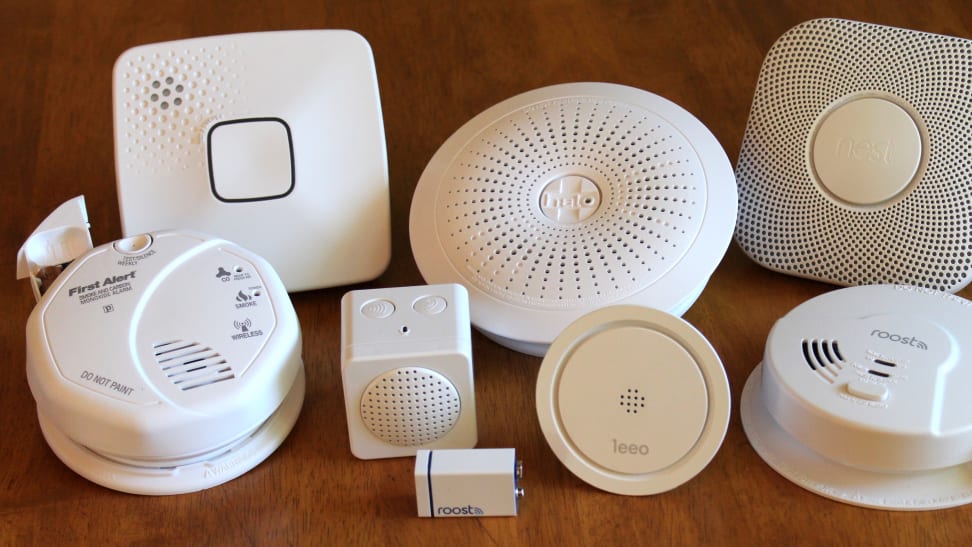Invisible, odorless, and potentially lethal, carbon dioxide (CO2) is a silent threat that can accumulate in enclosed spaces without warning. Understanding the significance of CO2 detection is important to our safety and well-getting. Enter the unsung hero of indoor air good quality – the carbon dioxide detector.
The Invisible Threat
Carbon dioxide is a all-natural element of the air we breathe, but excessive levels can be harmful. In confined spaces like residences, offices, schools, or industrial facilities, CO2 can build up due to inadequate ventilation or the presence of as well several men and women. Higher levels of CO2 can cause headaches, dizziness, shortness of breath, and in intense cases, even loss of consciousness.
The Have to have for Detection
When the human physique can tolerate moderate levels of CO2, it’s crucial to monitor and handle indoor levels to make sure overall health and safety. This is exactly where carbon dioxide detector s come into play. These devices continuously monitor the air for CO2 levels and deliver early warnings when concentrations exceed protected limits.
How Carbon Dioxide Detectors Perform
Carbon dioxide detectors use sophisticated sensor technologies to measure CO2 levels accurately. The most typical kind of sensor is the non-dispersive infrared (NDIR) sensor, which functions by emitting infrared light by means of the air and detecting the quantity of light absorbed by CO2 molecules. By analyzing this data, the detector can calculate the CO2 concentration in the air.
Important Attributes and Added benefits
Safety Assurance: Carbon dioxide detectors present peace of mind by alerting occupants to potentially harmful CO2 levels, enabling them to take prompt action, such as opening windows or escalating ventilation.
Power Efficiency: In addition to safety, these detectors also contribute to power savings. They can signal heating, ventilation, and air conditioning (HVAC) systems to adjust ventilation rates primarily based on actual occupancy and CO2 levels, optimizing power usage.
Overall health and Productivity: Sustaining healthy indoor air good quality with right CO2 levels can improve occupants’ effectively-becoming and productivity. It’s especially vital in schools and workplaces exactly where people invest a considerable portion of their day.
Environmental Responsibility: By decreasing unnecessary ventilation when CO2 levels are low, carbon dioxide detectors enable lower energy consumption and reduce greenhouse gas emissions, contributing to a greener atmosphere.
Applications of Carbon Dioxide Detectors
Carbon dioxide detectors discover applications in many settings:
Residential: Defending your dwelling and family members from elevated CO2 levels, specifically in bedrooms, basements, and kitchens.
Industrial: Making sure the effectively-getting of personnel and prospects in offices, restaurants, shops, and other public spaces.
Educational Institutions: Building a protected and conducive learning atmosphere in schools and universities.
Industrial: Maintaining safe working conditions in factories, warehouses, and manufacturing facilities.
Deciding upon the Appropriate Detector
When choosing a carbon dioxide detector, take into consideration factors like accuracy, sensitivity, alarm possibilities, and ease of installation. Lots of detectors also offer extra characteristics such as temperature and humidity monitoring.
Conclusion
The carbon dioxide detector could not be as glamorous as other high-tech gadgets, but it plays a very important role in safeguarding our health, comfort, and the atmosphere. As we continue to focus on indoor air top quality and energy conservation, these unassuming devices silently watch over us, ready to sound the alarm if the invisible threat of CO2 ever becomes as well terrific. They are, in a lot of strategies, our guardians of the air, making certain that the spaces we inhabit remain safe and conducive to our nicely-becoming. So, the next time you breathe uncomplicated in a nicely-ventilated area, recall to thank the carbon dioxide detector silently standing guard, maintaining the air clean and secure.
